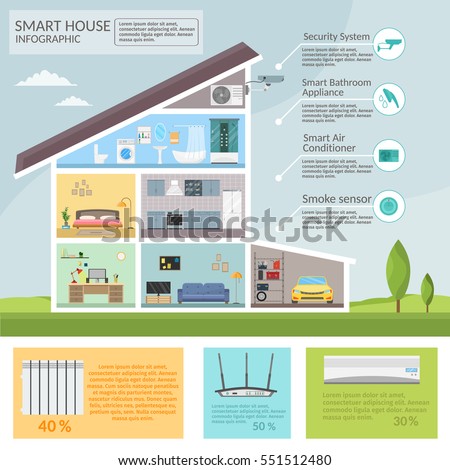Regular Errors To Stay Away From When Installing A Heatpump
Regular Errors To Stay Away From When Installing A Heatpump
Blog Article
Web Content Created By-Lykke Wheeler
When setting up a heatpump, you must steer clear of typical blunders that can jeopardize its performance. Ignoring appropriate sizing might bring about inadequacies and greater energy expenses. https://josuejudmv.buyoutblog.com/31247630/discover-the-crucial-factors-to-take-into-consideration-when-choosing-the-right-dimension-heat-pump-for-your-home-making-sure-optimum-comfort-and-effectiveness and sealing can cause energy wastefulness and strain on the unit. In addition, positioning the outside system inaccurately might impact its performance. By staying clear of these mistakes, you can make sure ideal working and longevity of your heatpump system.
Improper Sizing of Heatpump
When it comes to the installation of heatpump, one of the most common blunders is improperly sizing the system for your room. Making sure the best dimension is critical for optimal efficiency. If the heat pump is also tiny, it will certainly battle to heat or cool your room efficiently, leading to raised power costs and potential deterioration on the device.
On the other hand, if the heat pump is too big, it will certainly cycle on and off frequently, creating temperature level changes and minimizing its life-span.
To prevent this mistake, it's essential to have a professional analyze your space and recommend the proper dimension of the heatpump based on aspects like square video footage, insulation, ceiling height, and neighborhood environment. By investing the time and effort to make certain the appropriate sizing, you can take pleasure in a comfy atmosphere while making the most of power effectiveness and prolonging the lifespan of your heat pump.
Inadequate Insulation and Sealing
To make sure the reliable operation of your heat pump, it's important to attend to inadequate insulation and securing in your space. Appropriate insulation helps preserve a constant temperature level inside your home, reducing the work on your heat pump. Inadequate insulation can result in energy loss, making your heat pump work harder and less effectively.
Sealing any gaps or leakages in your area is equally important. These gaps allow conditioned air to leave and outdoor air to permeate in, requiring your heatpump to make up for the temperature level variations.
Inaccurate Positioning of Outdoor Unit
Addressing the positioning of your heatpump's outside unit is key to optimizing its performance. Setting up https://average-cost-to-purchase77654.thelateblog.com/31726849/how-weather-affects-your-heatpump-efficiency-and-what-you-can-do in a wrong place can cause efficiency issues and potential damage to the system.
https://averagecosttoinstallhvacu01008.weblogco.com/31280671/essential-actions-for-preparing-your-home-for-heat-pump-installation-a-thorough-overview to stay clear of is putting the exterior device also close to a wall surface or various other frameworks. This can limit air flow, causing the system to work harder to warm or cool your space, eventually lowering its efficiency and life-span.
An additional error to steer clear of is putting the exterior unit in direct sunshine. While some sunshine is unavoidable, excessive direct exposure can result in getting too hot, specifically during hot summertime days. It's ideal to position the outdoor system in a shaded area to assist preserve its optimum operating temperature.
Furthermore, make certain that the exterior system is placed on a stable and degree surface area. Unequal ground can cause vibrations and unneeded pressure on the device, affecting its performance over time.
Final thought
To conclude, avoiding usual errors during heat pump setup is vital for making best use of efficiency and durability of your system. By making certain correct sizing, appropriate insulation, sealing, and appropriate positioning of the outdoor device, you can prevent problems such as inefficiencies, enhanced energy bills, and pressure on the system. Putting in Get More to deal with these essential variables will inevitably conserve you time and money over time.
